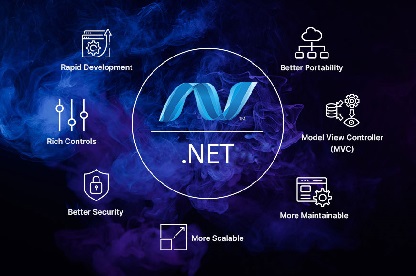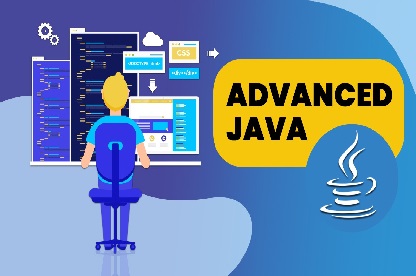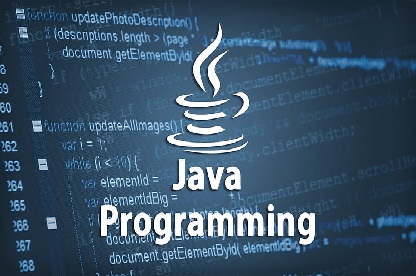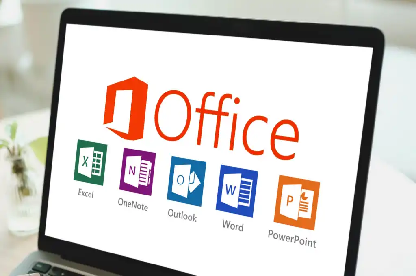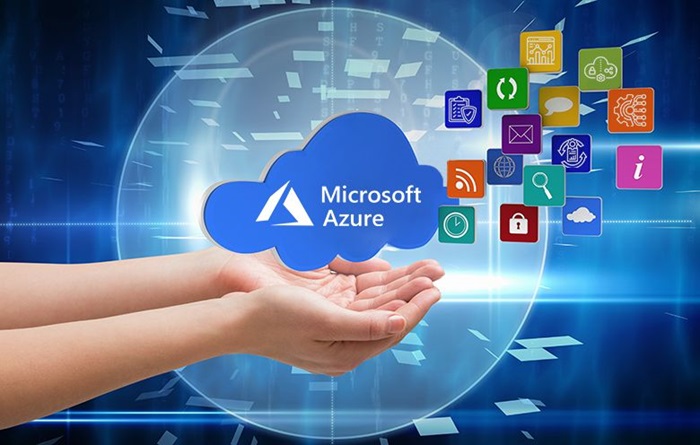
Microsoft Azure

Grownet Technologies is the best institute for the Google Clud Platform in Chennai provides Real-time and Practical Training. Real Time Projects Implementation Examples. Interview Preparation Tips. Solve Easily all Problematic & Analytical skills.
What is Microsoft Azure?
Microsoft Azure is Microsoft's public cloud computing platform. It provides a wide range of cloud services, including computing, analytics, storage, and networking. Users can choose from these services to develop and scale new applications or run existing applications in the public cloud. Microsoft's global infrastructure helps businesses create, deploy, and manage applications. It supports a wide variety of programming languages, tools, and frameworks, making it a good choice for developing apps in the cloud.
What are the different types of storage areas in Windows Azure?
- 1. Blobs
- 2.Files
- 3.Elastic SAN
- 4.Container storage
- 5. Queues
- 6. Tables
- 7. Managed disks
Microsoft Azure Course Curriculum
-
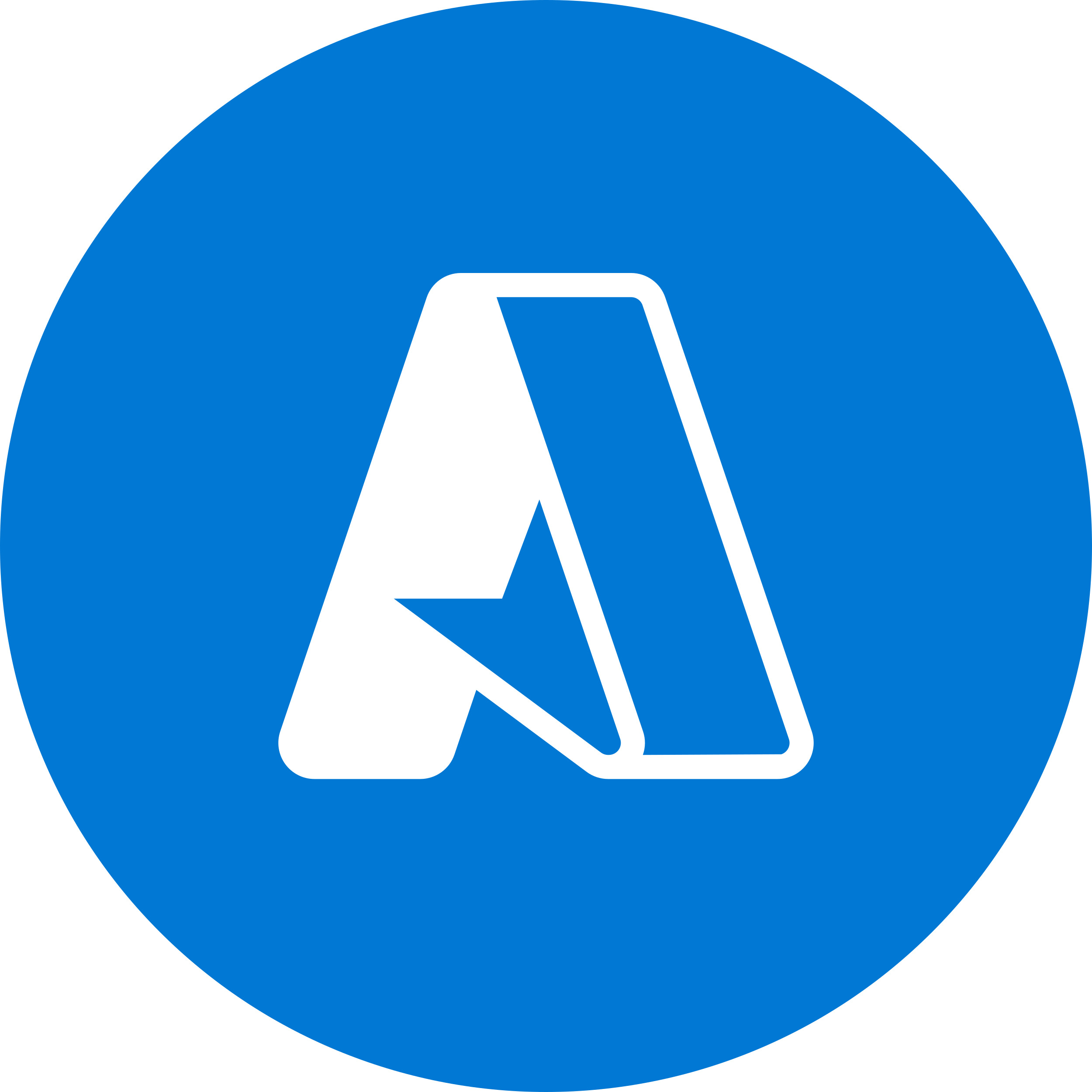
Microsoft Azure and Cloud Computing Basics
- Introduction to Microsoft Azure
- Exploring SaaS, PaaS, and IaaS segments
- Azure Data Centres and Regions
- An Overview of Microsoft Azure's portal
- Overview of Azure services
- About Windows Azure Subscription
- Process for setting up a trial subscription
-

Working with Azure Virtual Machines
- Supported Operating System Images
- Azure Virtual Machine instances
- Azure VM classifications and associated costs
- Different methods of provisioning
- Insights on disks and images
- Automation, scripting, and management of Virtual Machines
- Deployment using the Cloud Service and Resource Model
- Ensuring VM availability with Availability Sets
- Setting up VM with load-balanced endpoints
-

Azure Virtual Network Introduction and Services
- Azure Virtual Network types: VNET to VNET, point-to-site, site-to-site, Express Route
- Process of establishing Virtual Networks in Azure
- Azure IP ranges and subnets
- Role of endpoints
- Ensuring balance with load-balancing endpoints
- Introduction to Network ACL, Network Security Group, and setting up Public/Private IP
- Basics of Azure Traffic Manager and its deployment options
-

Understanding Microsoft Azure Storage
- An Overview of Azure Storage
- Defining a storage account
- Different techniques for storage account replication
- Exploring protocols and the consistency model
- Differentiating between Azure Storage Account types
- Azure storage services: Blob, Table, Queue, File
- Azure CDN and Disk types (Managed and Unmanaged)
-

Azure Active Directory Management
- Overview of Azure Active Directory
- Functionality of Self-Service Password Reset
- Protection features of Azure AD Identity
- Integration of SaaS applications with Azure AD
- Understanding Azure domains, tenants, users, groups, and roles
- Device management
-

App Service Plan Management
- Overview of App Service and its monitoring
- Understanding Web Role and Worker Role
-

Exploring Azure SQL Database
- Database as a Service: An introduction
- Contrasting SQL server with Azure SQL
- Benefits of SQL Database
- Scaling options for SQL database
- Security features in Azure
- Azure SQL pricing structure
- Introduction to Azure SQL Database Warehouse
-

Azure Backup and Disaster Recovery
- Introduction to Azure Vaults
- How to configure backups
- Overview of Data Protection Manager
- Azure's Disaster Recovery and Site Recovery solutions
- Migrating from On-Premise using Recovery Services
-

Azure ARM Template Introduction
- Understanding Azure ARM Templates
-

Setting Up Serverless Computing
- Introduction to serverless computing and Azure's Functions and Logic Apps
-

Managing App Services
- Exploring App settings
- Understanding deployment slots
-

Introduction to Azure Data Factory
- Overview of Azure Data Factory
- Core principles: Data sets, pipelines, activities, scheduling, and execution
- Data movement, transformation, and analysis
- Monitoring and pipeline management
-

Exploring Azure Container Service
- Understanding Azure Container Service
- Containers: An Overview
- Introduction to Azure Container Registry and Azure Kubernetes Services
-

Azure Cosmos DB Overview
- Introduction to Azure Cosmos DB
- Understanding request units
- Defining partition strategy and keys
- Different query methodologies
Related Certification Training Course

Copyright | Grownet Technologies. All Rights Reserved

